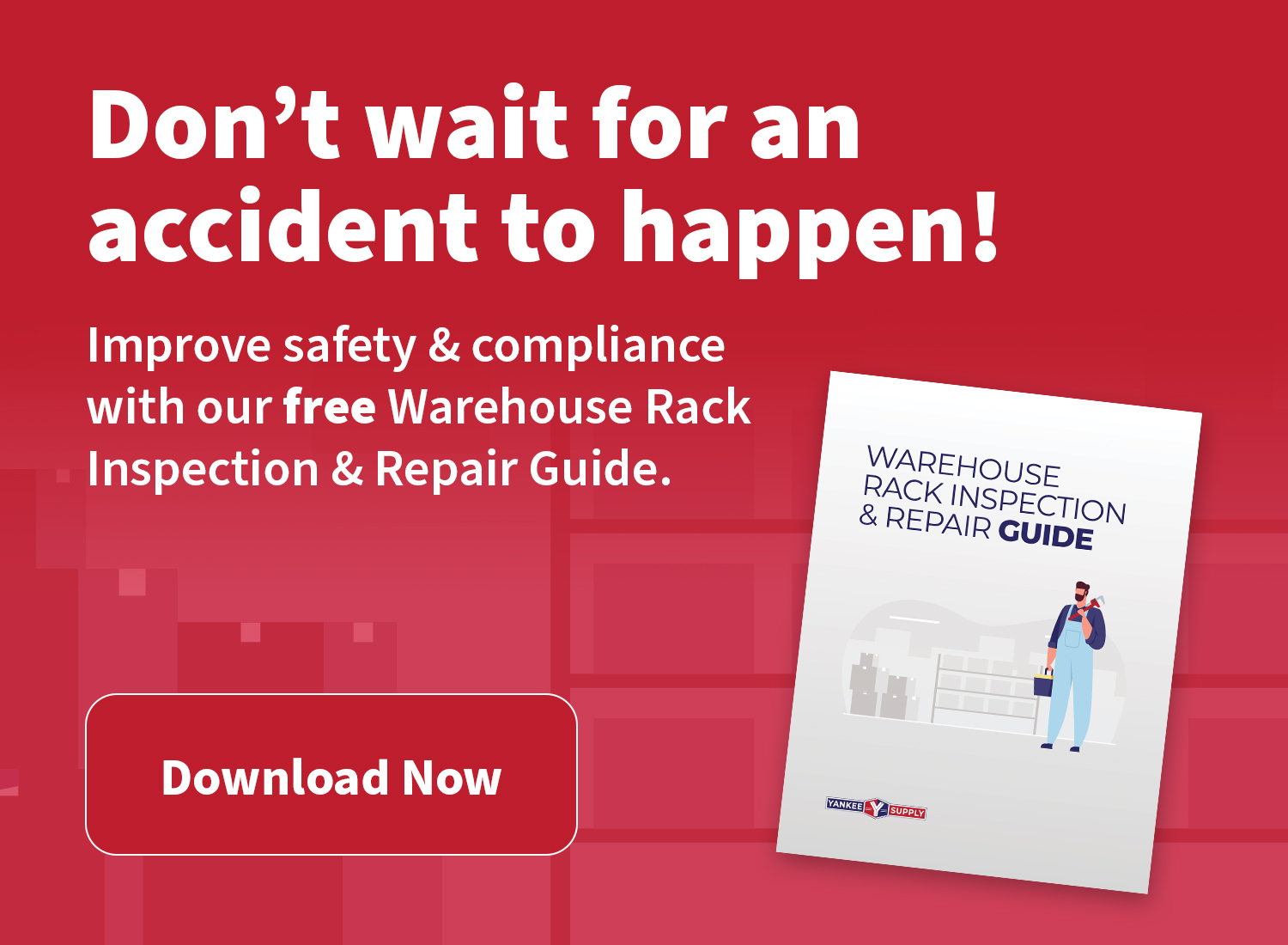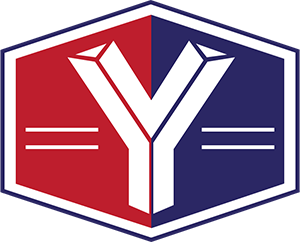In many warehouses, large storage units, factories, forklifts are being used as standard equipment for moving and storing goods and items. Forklifts are among the most used equipment in warehouses because they can quickly move heavy, bulky objects. Thus, forklifts provide fast and efficient movement of items to and fro in a warehouse. Two of the most common kind of forklifts are Stand-up and Sit-down forklifts.
This article will be discussing the essential components and functions of Stand-up and Sit-down forklifts while also enumerating their differences and how to choose which forklift best suits your warehouse.
What Is A Stand-Up Forklift?
 The stand-up forklift, also known as the walkie rider, is a type of material handling equipment that has been used in industrial warehouses and manufacturing facilities to move large items quickly. Stand-up forklifts look like a human stander frame with an arm attached for steering and a cargo platform attached underneath. Stand-up forklifts have become popular over the years because they can stand upright while performing almost all of the functions available on sit-down units.
The stand-up forklift, also known as the walkie rider, is a type of material handling equipment that has been used in industrial warehouses and manufacturing facilities to move large items quickly. Stand-up forklifts look like a human stander frame with an arm attached for steering and a cargo platform attached underneath. Stand-up forklifts have become popular over the years because they can stand upright while performing almost all of the functions available on sit-down units.
Dangers associated with stand-up units: There are certain dangers in using stand-up units or stand-up forklifts when operating them in enclosed spaces where regular traffic is present. Some dangers include operators not seeing potential hazards due to the stand-up forklift obstructing the view. In addition, workers may not be aware of stand-up forklift maneuvers occurring right beside them, which can become dangerous for the stand-up forklift operator and other workers in the area.
What Is A Sit-Down Forklift?
The sit-down forklift is an enclosed vehicle operated from within its own cage while sitting on a seat attached to it. The driver usually sits on the left side of the sit-down unit to have better access to controls and visibility of their surroundings while working inside their enclosed space. A sit-down unit’s benefits include its ability to work in spaces with regular traffic because stand-up units are higher than sit-down units, making stand-up units more likely to block vision when operating near other people.
Sit-down units are also safer with regards to falling objects because stand-up units require open spaces to safely stand up and maneuver around the warehouse, while sit-down units can be driven over heavy items with ease. Sit-down units are also easier to maintain because operators can easily stand on the ground and access components.
While stand-up units are preferred in warehouses that do not have regular traffic, stand-up units should be operated with caution because stand-up units can pose a danger to workers in the area when operated incorrectly. Sit-down forklifts are best for warehouses or factories with heavy items where space is at a premium.
Comparing Stand Up Forklifts From Sit Down Forklifts
To better understand the differences between Stand-Up Forklifts from Sit Down Forklifts, let’s enumerate key features that differentiate one from the other –
Stand Up Forklift
- Stand up unit uses hydraulic power for movements and power output.
- It can operate in tighter spaces because it is compact in design.
- The stand-up unit has a high center of gravity, making them vulnerable to tipping when fully extended.
- It can stand upright in tight spaces.
- The stand-up unit has better fuel economy because of its design.
- Stand-up units require more maintenance, primarily since they function on electric/battery power.
- Due to sit-down units taking up less space, stand-up units are better for overall warehouse capacity.
- Stand-up units are more expensive to buy/maintain.
- The stand-up unit can work in smaller spaces.
- Provides a better vision of surroundings because the sit-down unit has a lower center of gravity.
- It is easier to operate stand-up units on sloped surfaces.
- There are fewer chances of worker injury with a stand-up unit.
- With stand-up units, it takes more time to load and unload goods.
- More natural feel for stand-up units because it is a fluid motion to stand up and sit down.
- Seat belts secure operators from tipping over.
- A stand-up unit has better stability with an operator inside.
- One person can operate the stand-up unit.
- In some cases, the stand-up is only as large as its base.
- Stand-up units are more appropriate if multiple workers will be using units at any given time.
- You can save money on fuel since stand-up units allow the operator to stand up.
- Operators of a stand-up forklift have a more stable platform while operating.
- The stand-up forklift is more ergonomically correct because the operator can stand up and sit down during operation.
- The main advantage of stand-up over sit-down forklifts is that they can handle steep slopes without losing stability.
- A stand-up unit requires fewer workers to help load/unload goods.
- The stand-up design allows for maximum storage capacity.
- More space-efficient.
- They take less time to stop.
- It is easier to stand up than to sit down on stand-up units.
- With stand-up units, the operator is closer to where they are loading/unloading.
Sit Down Forklift
- The sit-down unit derives its power from an onboard diesel engine, which does not require any external energy source.
- Sit down units are much safer when working with other operators in the warehouse
- Sit-down units are safer for workers to operate in heavy traffic areas because stand-up units block sightlines.
- The sit-down unit requires a larger turning radius.
- It is easier to load and unload goods onto a sit-down forklift.
- Operators may injure themselves when sitting on their legs or feet while operating.
- Operators sitting inside an enclosed space make it difficult to see surroundings.
- Sit-down units have more storage capacity.
- A forklift seat is much safer than sitting or standing on the forklift bed because it distributes weight evenly.
- The sit-down isn’t as likely to tip over.
- The Center of gravity is lower with a sit-stand unit which makes them easier to control.
- It takes three people to operate a sit-down forklift.
- A sit-down forklift’s design keeps them from being able to work over heavy obstacles.
- There are fewer worker injuries with sit-down units.
- Sit-down units have better visibility.
Tips For Choosing Between Stand Up And Sit Down Forklift
Choosing between stand-up and sit-down forklift units depends on several factors. What are these factors, you ask? The factors which one should consider are as follows:
1. Your warehouse’s physical environment
When it comes to deciding whether a stand-up or sit-down lift works best for your warehouse, choosing what type of equipment can benefit you most will depend on the layout of the facility. Suppose there is regular traffic in your warehouse. In that case, a stand-up unit might interfere with visibility and may cause accidents such as workers colliding with each other if they move around a stand-up forklift without looking.
On the other hand, if your warehousing space is limited and you don’t have regular traffic in your warehouse facility, stand-up units may be a good option because stand-up units can stand upright and allow for easier movement around tight spaces.
2. The weight of the product that will be moved
Another important consideration when choosing between stand-up and sit-down forklifts is knowing which type will best suit moving heavy products such as boxes or crates. Sit-down units are better for this purpose as they offer higher stability than stand-up units; sit-down units do not require open space, unlike stand-up lifts that need ample room to stand upright.
3. Frequency of use
If stand-up units are going to be used more often than sit-down units, stand-up units may be a better choice because stand-up forklifts will have lower operational costs.
4. The height of the unit you’ll need

 The stand-up forklift, also known as the walkie rider, is a type of
The stand-up forklift, also known as the walkie rider, is a type of 







